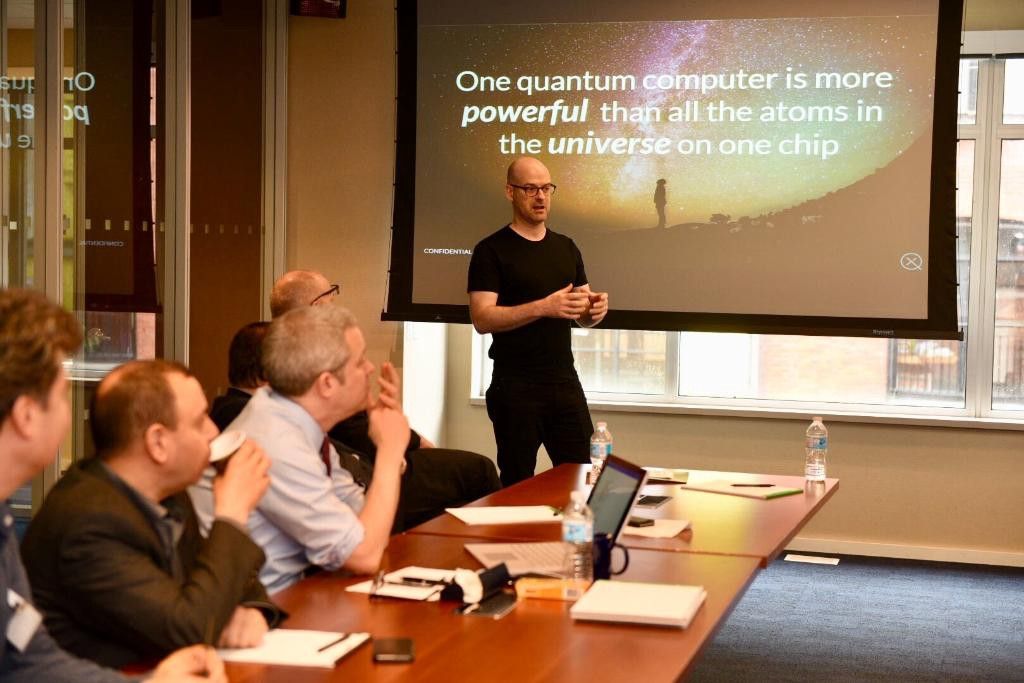Dec 17, 2018
Nine NASA Technology research payloads are set for a valuable testing opportunity in microgravity
Posted by Michael Lance in category: space travel
In other words, they’re launching 🚀 to suborbital space! Liftoff aboard the Blue Origin #NewShepard reusable rocket is no earlier than 9:30 a.m. EST, Tuesday, Dec. 18. You can watch live on NASA Television: https://go.nasa.gov/2Es92Sc

















